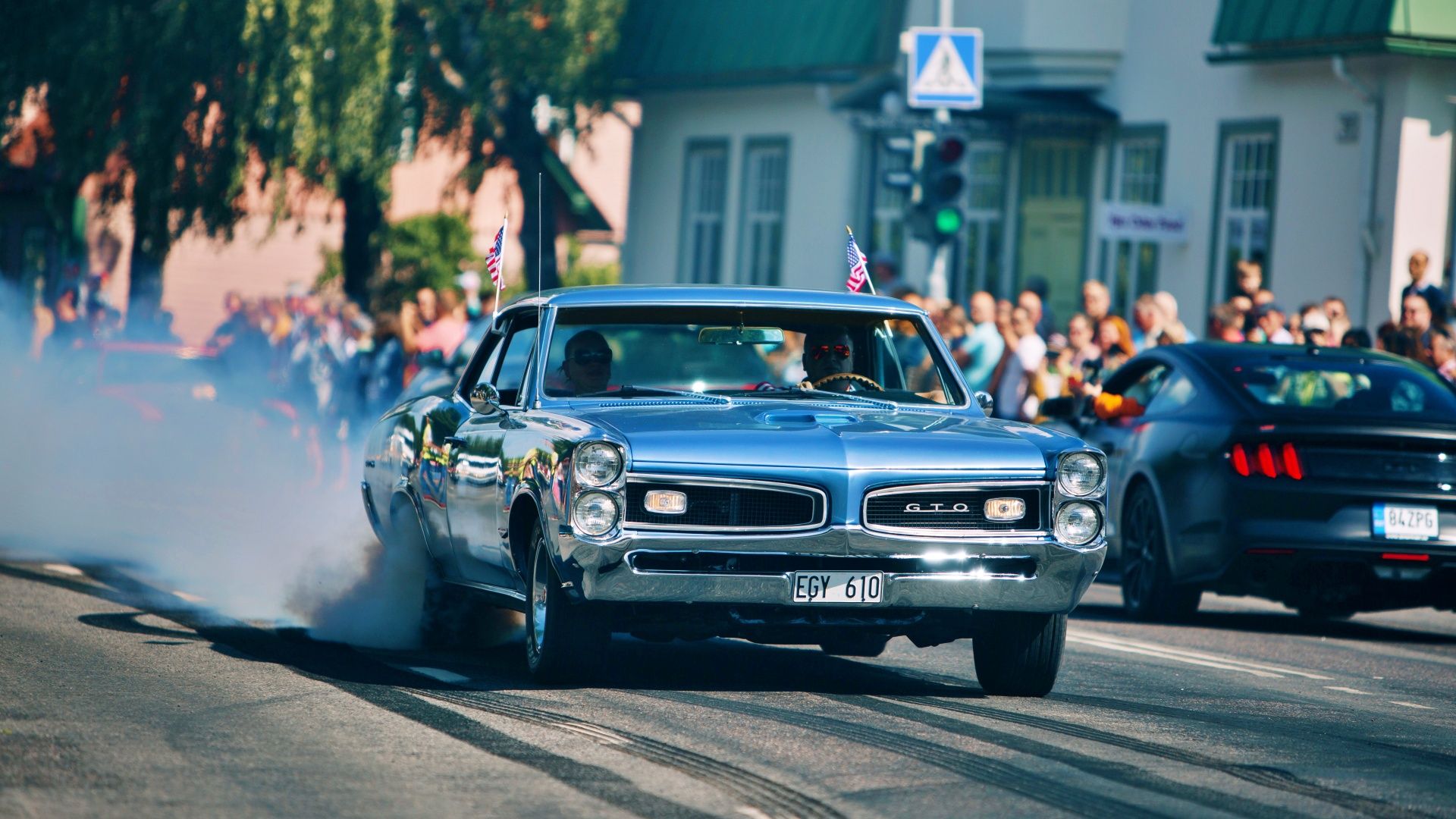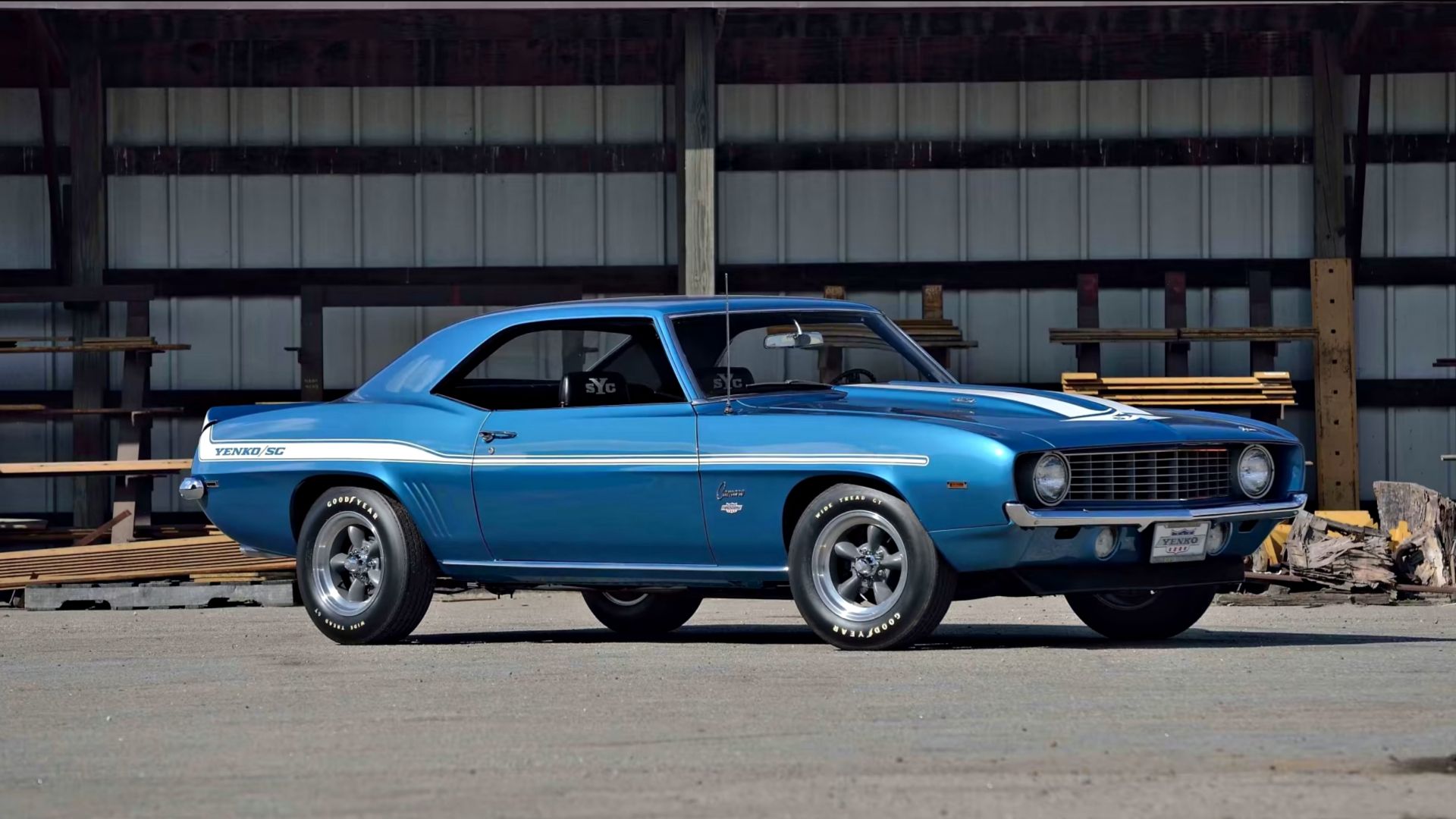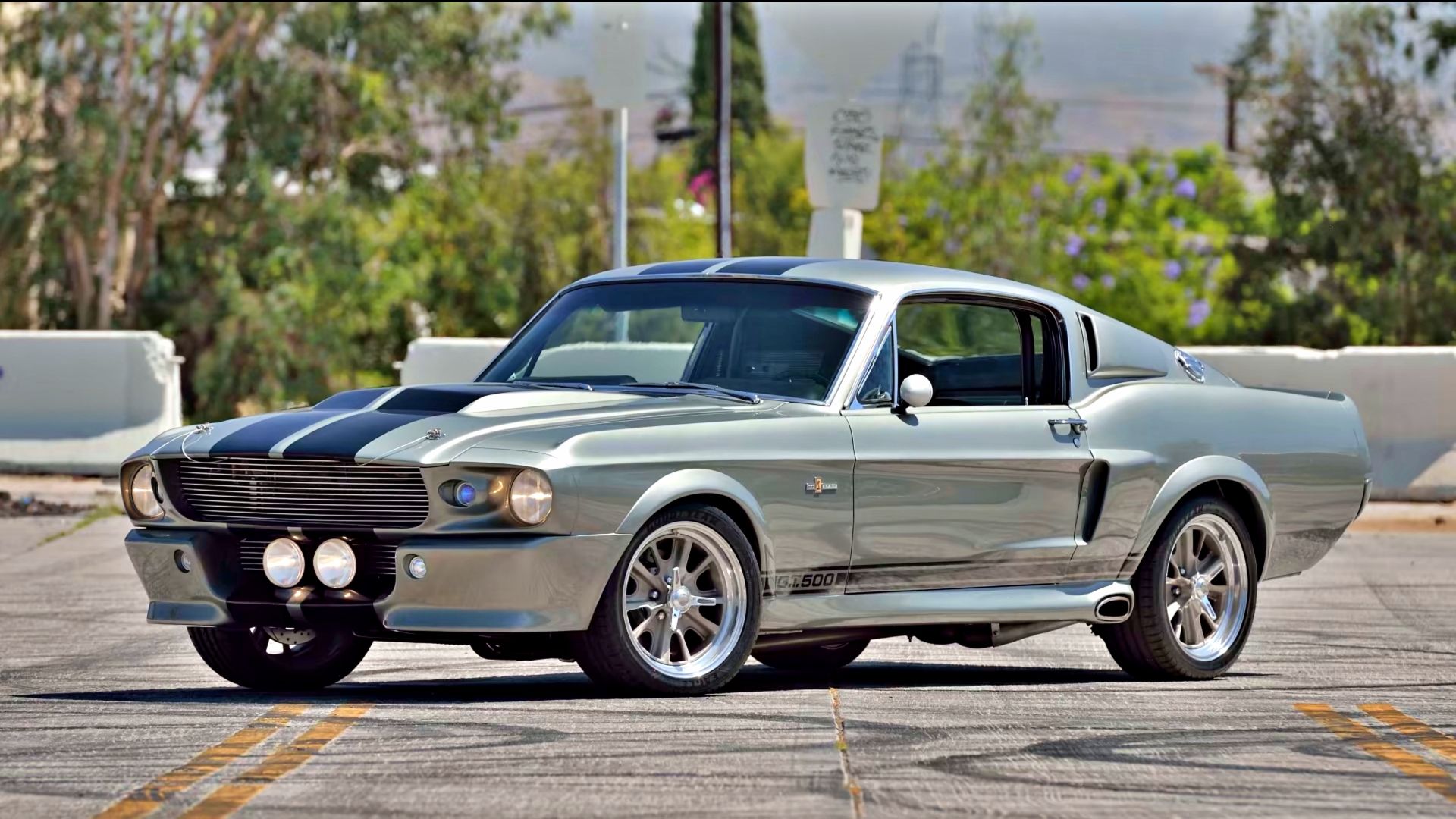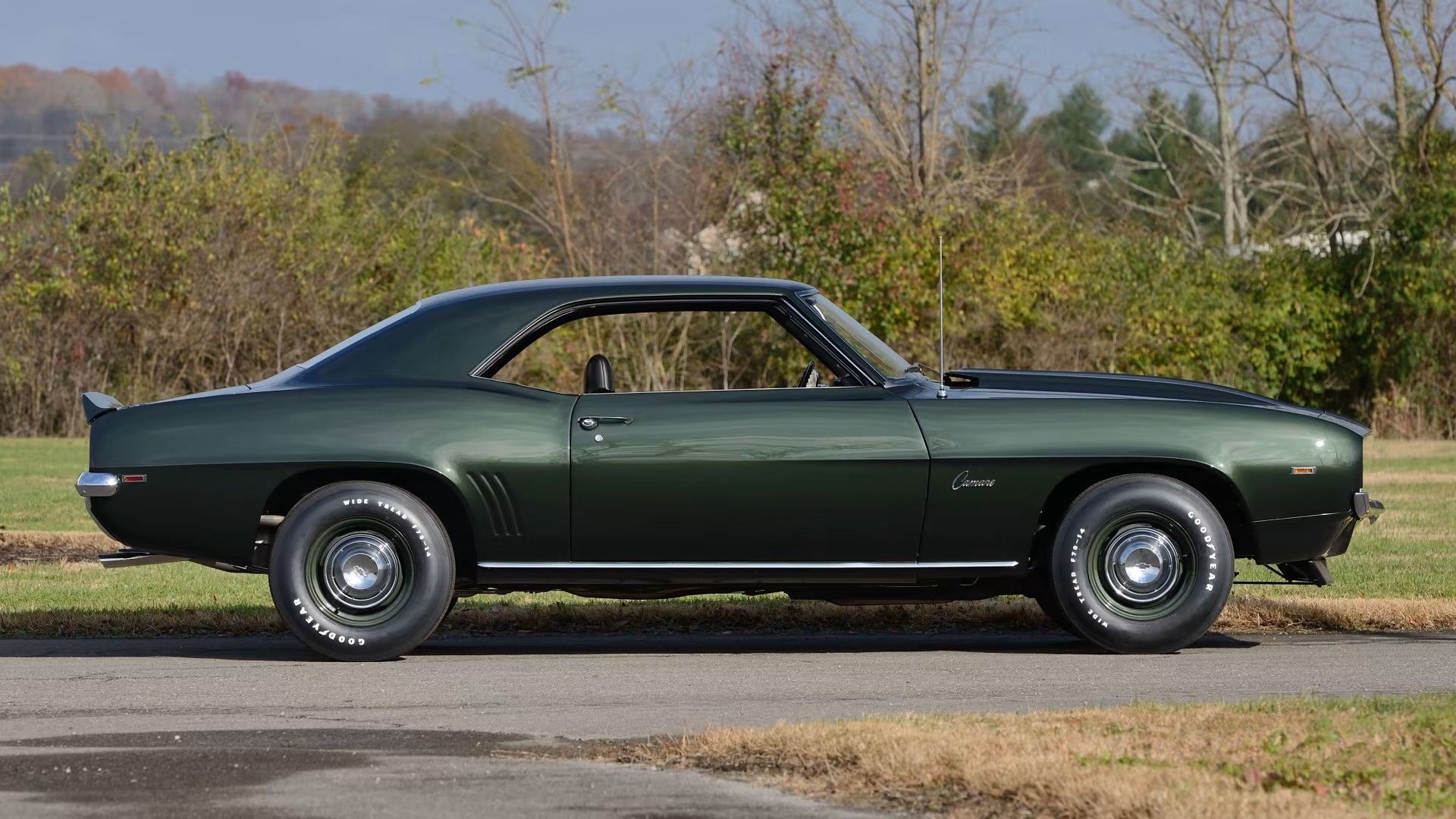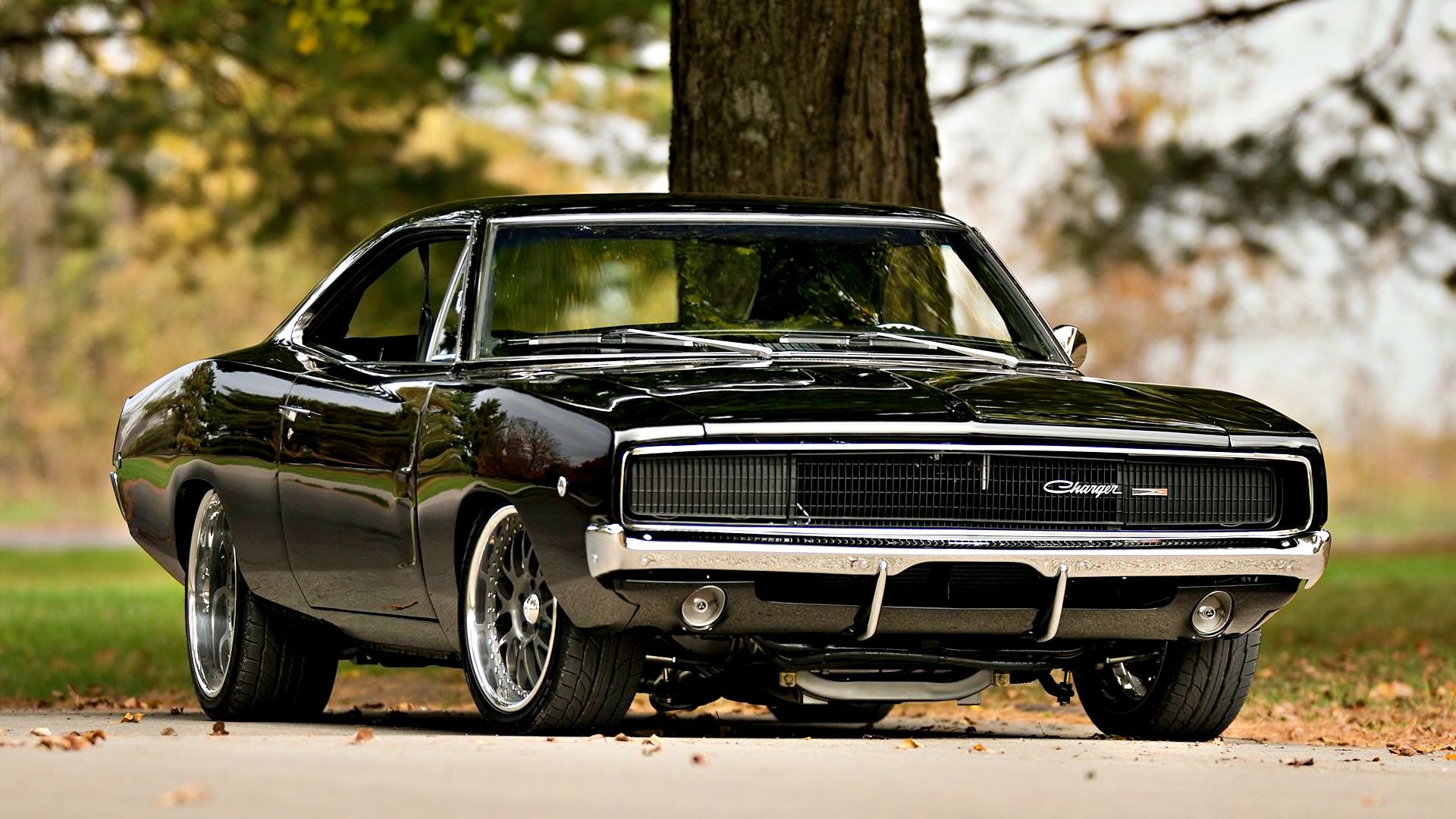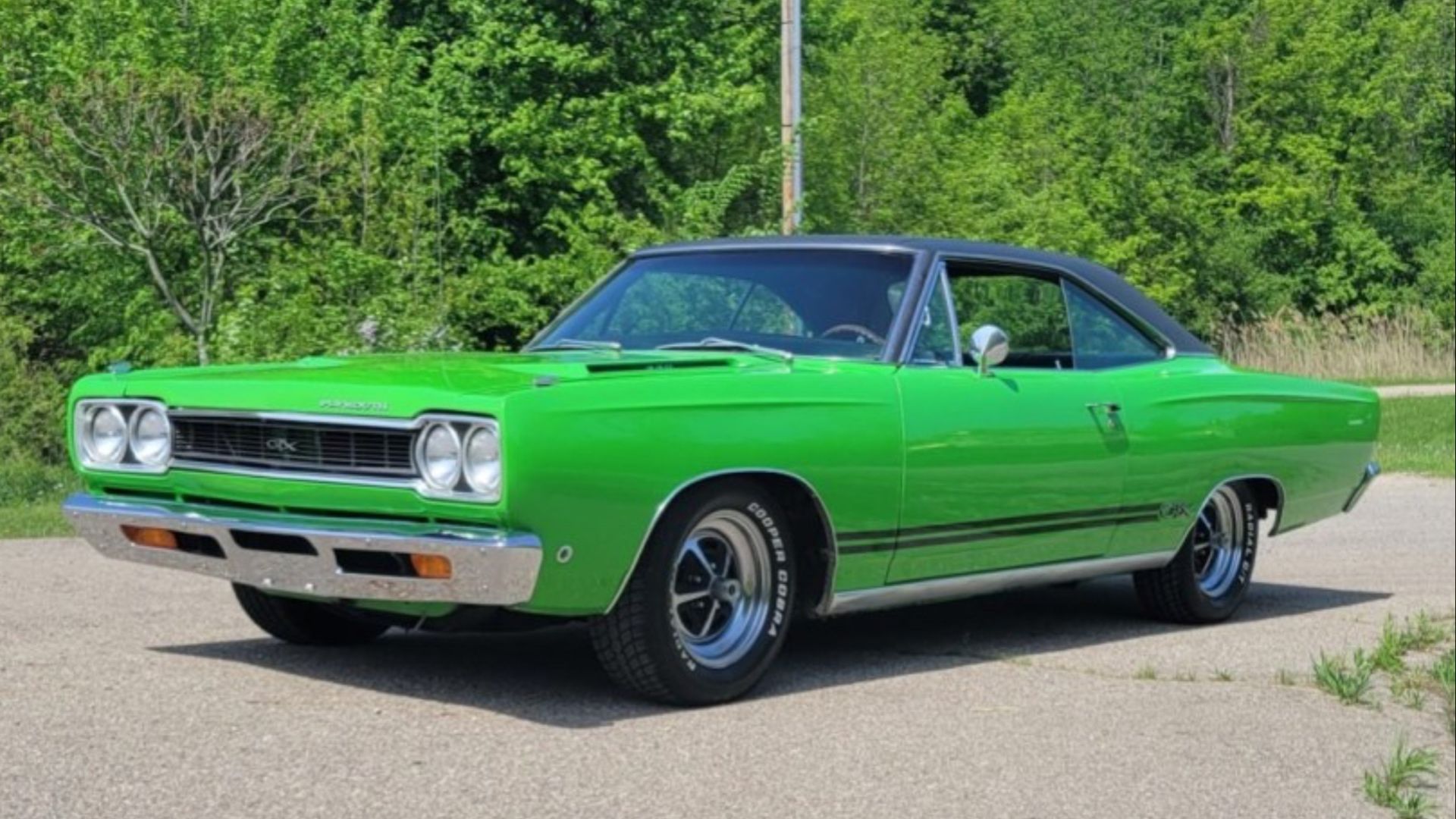
Summary
- Muscle cars were a significant part of American automotive history from the 1960s to the 1970s, known for their powerful engines and raw speed.
- The era of muscle cars declined in the late 70s due to factors like the Clean Air Act and Oil Crisis but experienced a resurgence in the mid-2000s.
- Old muscle cars are now appreciated for their raw power and speed, leading to a growing demand in the market, but they can be expensive to maintain and repair.
Muscle cars were a defining part of American automotive history in the 1960s and 1970s. They were known for their powerful engines and incredible speed, as car manufacturers pushed the limits of performance. However, the era of muscle cars came to an end in the late 1970s due to various factors such as the implementation of the Clean Air Act and the Oil Crisis. The demand for fuel-efficient and environmentally friendly vehicles led to a decline in the popularity of muscle cars.
In the mid-2000s, there was a resurgence of interest in muscle cars. People started appreciating the raw power and speed of these vintage vehicles and began buying and restoring them. As a result, the market for old muscle cars has seen significant growth. However, it’s important to note that owning and maintaining an old muscle car can be expensive. The cost of parts and repairs can add up quickly, so it’s crucial to consider the financial implications before diving into the world of muscle cars.
Muscle Car Origins
The origin of muscle cars is often debated, but many consider the 1964 Pontiac GTO to be the first true muscle car. Others argue that the 1949 Oldsmobile Rocket 88 had already exhibited the characteristics of a muscle car. These characteristics include a powerful V8 engine, rear-wheel drive, and a lightweight two-door coupe body. The Rocket 88 was not referred to as a muscle car at the time, but it laid the foundation for the muscle cars that would come later.
Muscle Cars Vs. Classic Cars
Muscle cars and classic cars are often used interchangeably, but there are some distinctions between the two. Muscle cars are a specific subset of classic cars that are known for their focus on straight-line speed. They typically have a large, high-performance engine and prioritize speed over other aspects such as handling. On the other hand, classic cars encompass a broader range of older vehicles that hold significance in automotive history. This includes luxury cars, pony cars, sports cars, supercars, and muscle cars. So while all muscle cars can be classified as classic cars, not all classic cars are muscle cars.
Iconic Muscle Cars
There are numerous iconic muscle cars from various American manufacturers. While it’s difficult to crown one as the most iconic, some notable mentions include:
- Chevrolet: Camaro SS and ZL1, Yenko Camaros, Chevelle SS, and Nova SS.
- Ford: Boss 302, 429, Mach 1, and Shelby Mustangs.
- Dodge: Charger, Challenger, Charger Daytona, Super Bee, and GTX.
- Plymouth: Barracuda, GTX, Roadrunner, and Superbird.
- Pontiac: Firebird and GTO.
- Oldsmobile: 442 and Cutlass.
These cars have left a lasting impact and continue to be admired today. Some of them have even appeared in popular movies, further cementing their iconic status.
How Fast Were Old Muscle Cars?
Old muscle cars were built for speed and could still compete with many modern sports cars today. However, they were not as fast as today’s high-performance vehicles. Most old muscle cars could reach a top speed of around 130 MPH, and acceleration times varied. For example, the 1969 Chevrolet Camaro ZL1 could go from 0 to 60 MPH in 5.3 seconds and had a top speed of 125 MPH. Another notable muscle car, the Shelby Cobra, was even faster, with some models reaching a top speed of 185 MPH in the 1960s.
How Much Do Old-School Muscle Cars Cost?
The prices of old-school muscle cars have skyrocketed in recent years. In the 1970s, these cars were relatively affordable, with prices often under $5,000 (equivalent to around $40,000 today). However, events like the Clean Air Act, Oil Crisis, increasing insurance rates, and safety concerns led to a decline in the muscle car market. Today, the prices of these cars start at around $50,000 for those in need of significant restoration and can go well over $200,000 for pristine examples. Some rare and highly sought-after muscle cars have even sold for over $1 million. Despite the high prices, there are still some affordable options available for those interested in owning an old muscle car.
Are Old Muscle Cars Expensive To Maintain And Repair?
Maintaining and repairing old muscle cars can be expensive, especially considering their age and the scarcity of certain parts. These vehicles often require specialized knowledge to service and work on, as they do not have modern diagnostics systems. Many old muscle cars still rely on carburetors, which can be challenging to tune and maintain properly. While some manufacturers and aftermarket outlets still produce parts for these cars, finding replacements can be difficult and costly. Therefore, it’s important to factor in the potential expenses of maintaining and repairing an old muscle car.
Is Restoring An Old Muscle Car Worth It?
Restoring an old muscle car can be a rewarding experience, especially for enthusiasts who have a deep appreciation for these iconic vehicles. Many individuals who grew up dreaming of owning a muscle car can now afford to bring their childhood dreams to life. Restoring and preserving these cars has become a passion for many, driving up prices in the market. However, restoring an old muscle car can also be a costly endeavor, so it’s essential to weigh the financial commitment against your personal passion and love for these vehicles. As prices continue to rise, it’s advisable to start looking for your dream muscle car sooner rather than later.
